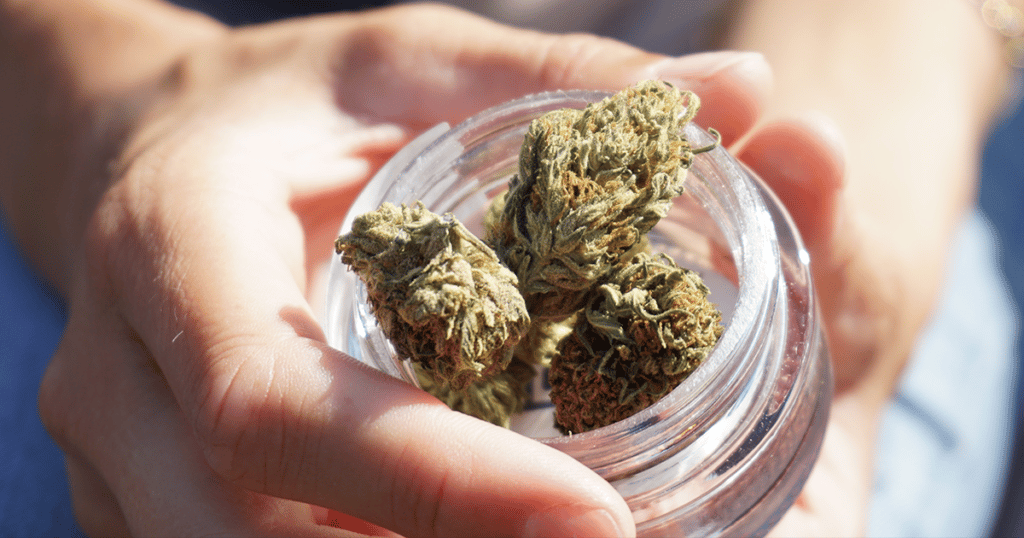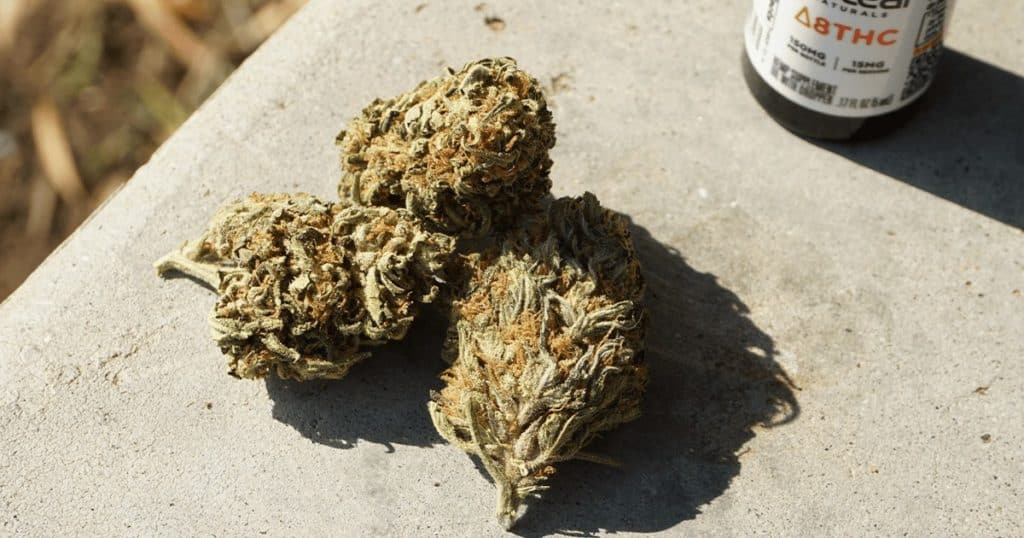Pennsylvania lawmakers have finally approved cannabis regulations – nearly seven years after the state legalized marijuana. These new regulations include several guidelines for lab testing, including one provision requiring marijuana be tested twice by different labs: once during harvest and again before sale.
Lab Testing And Its Controversies
Lab-testing cannabis has become an integral part of the legal marijuana industry. Whether for medical or adult use, people have become accustomed to the supposed safety net of lab-tested cannabis, and with good reason.
The two primary reasons cannabis products are tested are to ensure that they are safe for human consumption and to provide consumers with information about the potency of the product they are using. However, it’s potency, more so than safety, that consumers are interested in. According to several studies analyzed or performed by the Journal of Cannabis Research, consumers tend to have a preference for high THC and CBD potency.
It is this preference for stronger cannabis that has allegedly led several labs down a nefarious path – one where they’re falsifying results in order to keep business booming.

Does Potency Mean Anything?
The scientific community has recently concluded that labels like “indica” or “sativa” are primarily marketing ploys, but what about potency? Does the number on the packaging really mean anything, or are dispensaries just trying to get us to buy more products?
Potency in and of itself is a very real thing – it’s a percentage by weight measurement of delta-9-tetrahydrocannabinol (THC) concentration. For those who like numbers, potency is calculated using the concentrations of both THC and THCA molecules as follows: %Total THC =% THC + (% THCA x 0.877). However, this formula is one of the only standardizations within testing across the industry, meaning that cannabis tested by different labs will result in a different result. Potency, therefore, isn’t an exact number so much as it is an estimate provided by a lab, and it might not even have the effect on consumers that they expect.
According to a study from the University of Colorado at Boulder, smoking stronger marijuana doesn’t get you any higher. The study included 121 Colorado adults who used marijuana on a regular basis. Participants were randomly assigned either low-THC flower (ranging from 16-24% THC) or higher-potency concentrates (ranging from 70-90%). Researchers tested participants’ blood plasma THC levels, surveyed their mood, and put them through neurobehavioral tasks designed to assess attention, memory, inhibitory control, and balance. The result is “Most neurobehavioral measures were not altered by short-term cannabis consumption.”

The Efficacy Of Lab Testing For Potency
So, the effects of THC potency are limited, yes, but no one can deny that labeling your product as high-THC is an incredibly effective marketing strategy. It’s so effective, in fact, that Pennsylvania lawmakers have attempted to mitigate THC inflation by requiring marijuana to be tested twice by different labs.
However, requiring two tests from two different labs does not address the issue of labs not providing accurate results. It simply makes things more difficult and costly for the brands, likely doubling, if not tripling, their testing costs. It also raises costs for labs and, eventually, for consumers.
While redundancy can be beneficial in large-scale operations for efficiency, it is not a solution for potency inflation.
If PA wants to crack down on potency inflation, they need to get to the root of the problem: misinformation. The only reason consumers like a stronger percentage flower is because they think it will get them higher, which it won’t. An education campaign would likely prove more fruitful for the state and would probably be cheaper than forcing companies to have their products double-tested.
Plus, we’re all about education. A more informed choice is always a better one.
Enjoyed that first hit? Come chill with us every week at the Friday Sesh for a freshly packed bowl of the week’s best cannabis news.

















